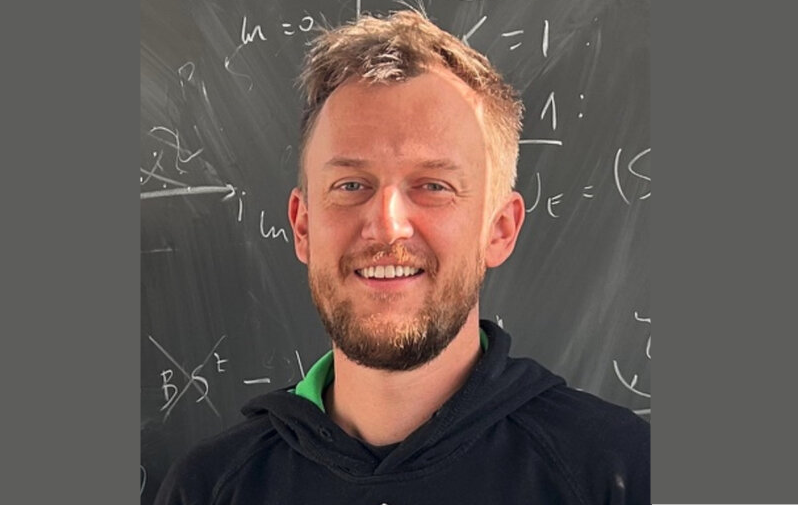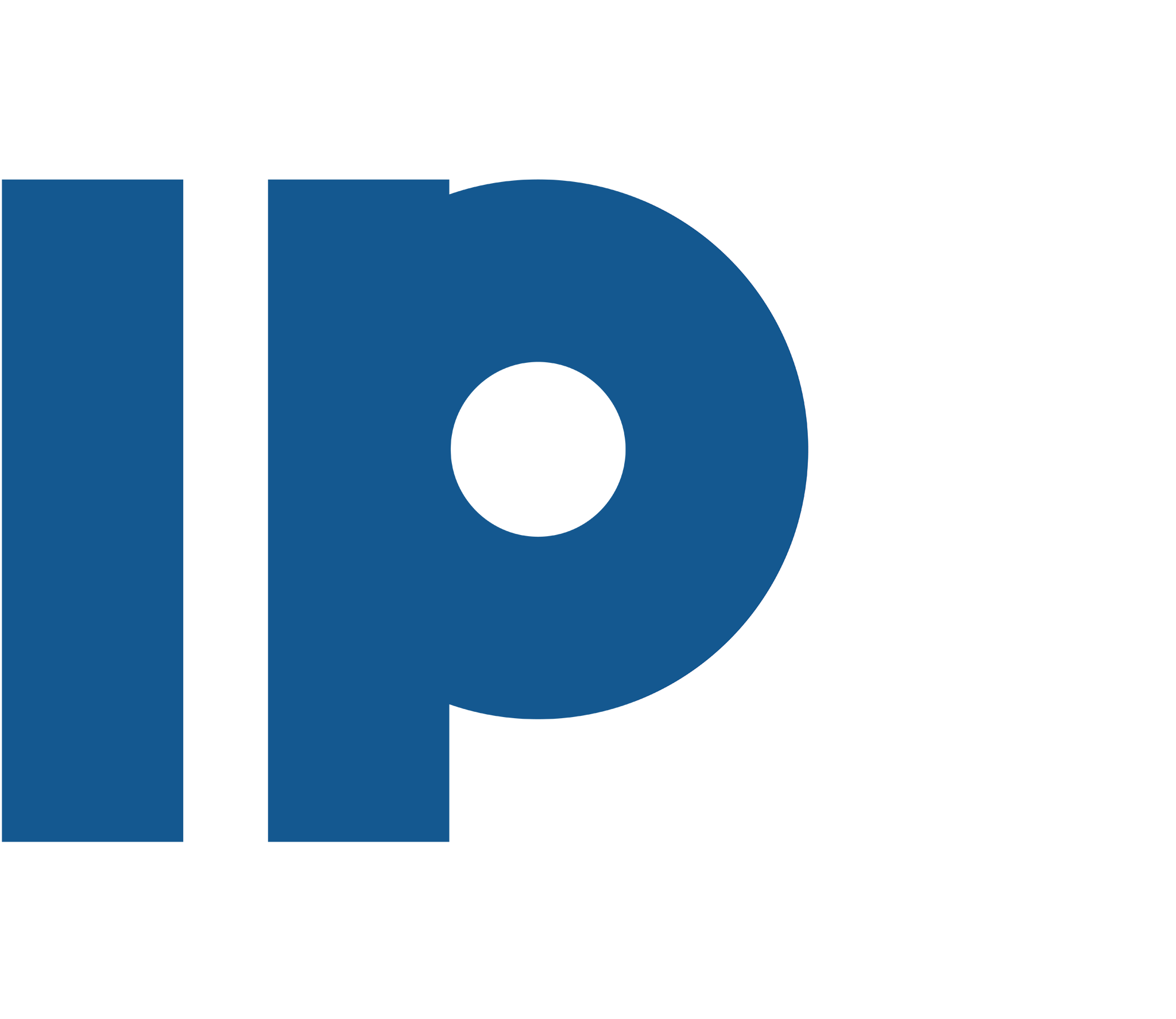
У оквиру традиционалног колоквијума Института за физику у Београду, у четвртак, 16. маја 2024. године, у 12 часова у сали „Звонко Марић“ предавање под насловом:
Elasticity and graph architecture of animal tissues
одржаће др Матеј Крајнц (Јожеф Стефан институт, Љубљана, Словенија)
САЖЕТАК:
It has been known since the work by Sir d’Arcy Thompson in the early 1900s that animal cells in many respects mechanistically behave similarly to soap bubbles or liquid droplets. Much like collections of soap bubbles, animal cells also form aggregates in which they interact and rearrange, and, due to their living nature, they also grow, divide, and migrate. We study these complex dynamics both theoretically and computationally using various approaches including variants of the finite-elements method and basic principles of elasticity theory and theory of dynamical systems. In the first part of the talk, we will derive the elasticity theory of epithelial monolayers, starting from a single-cell mechanical description in which cells are phenomenologically described as liquid droplets. Using this theory, we will show that unlike non-living thin elastic plates, which wrinkle only when they are supported by thick elastic substrates, epithelia may undergo wrinkling instability even in the absence of the substrate [1]. The second part of the talk will focus on three-dimensional cell aggregates as models of tumors and tumor spheroids. We will introduce Graph vertex model, a new computational approach to studying complex dynamics of space filling cell aggregates in which the topology of the network of cell-cell interfaces is encoded in a graph format and stored in a graph database [2]. Topological transformations associated with cell rearrangements and divisions are in this model performed by elementary graph transformations that are quite straight-forward to implement computationally.
[1] U. Andrensek, P. Ziherl, and M. Krajnc, Phys. Rev. Lett. 130, 198401 (2023).
[2] T. Sarkar and M. Krajnc, arXiv: 2309.04818, to appear in PLOS Comput. Biol.




